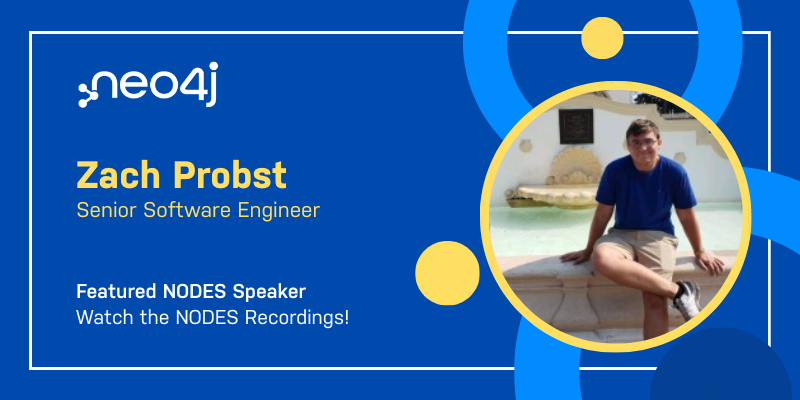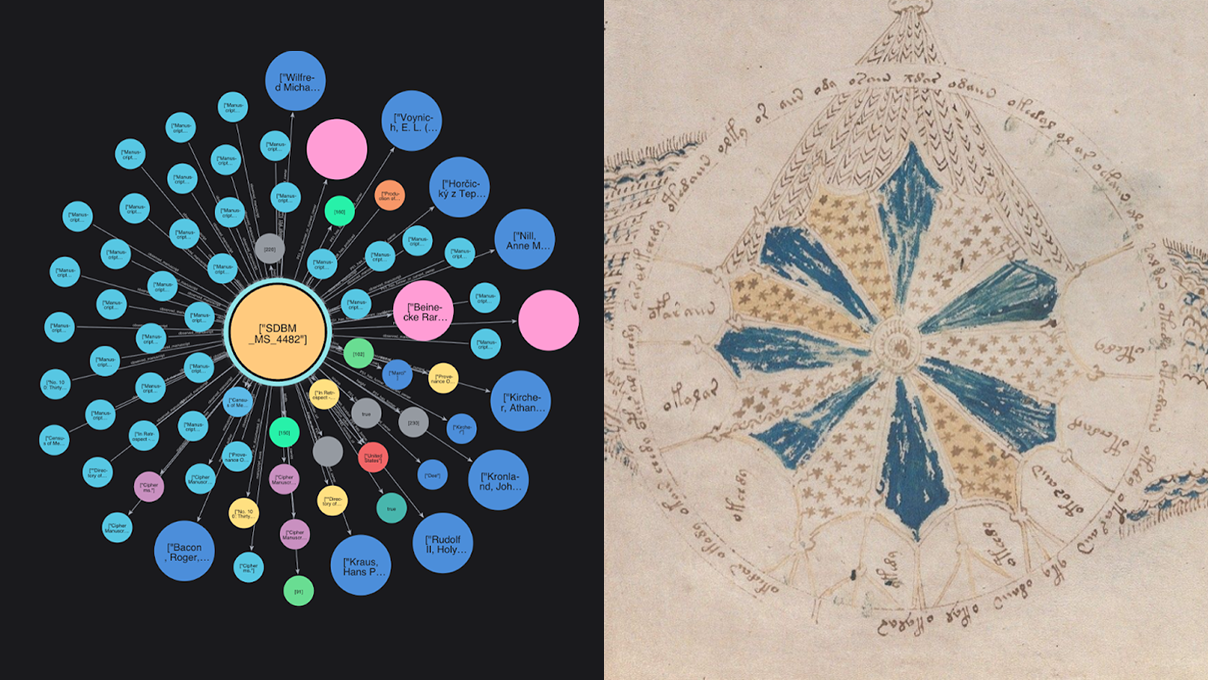
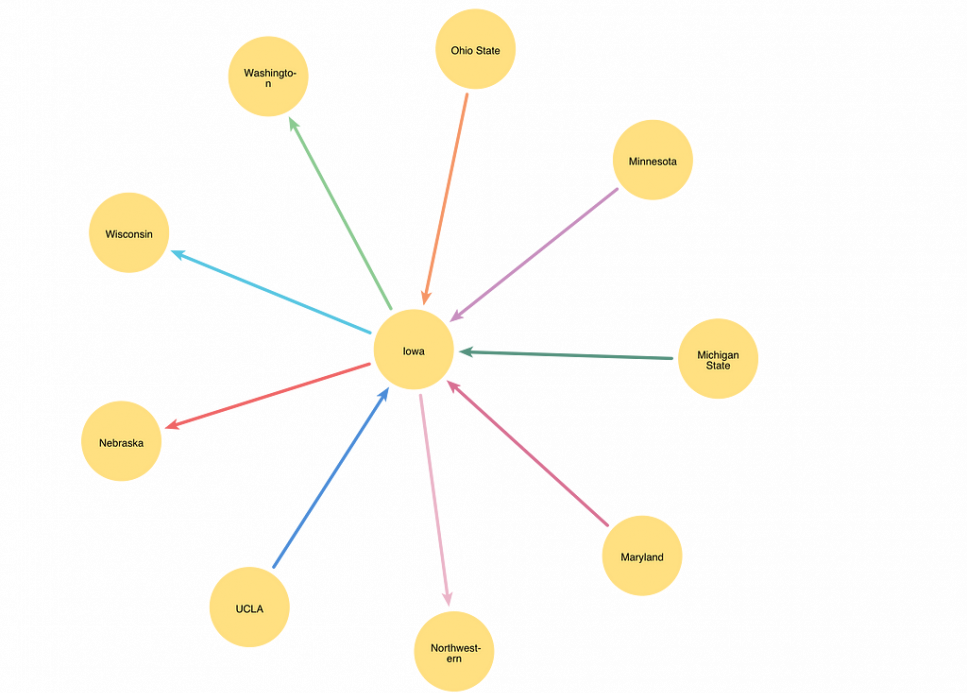
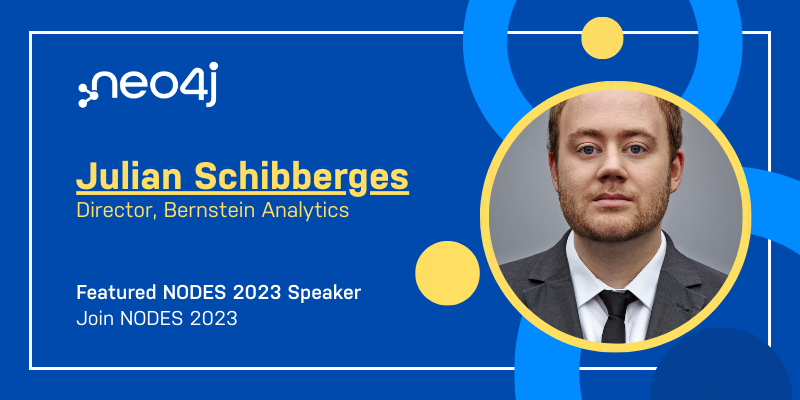
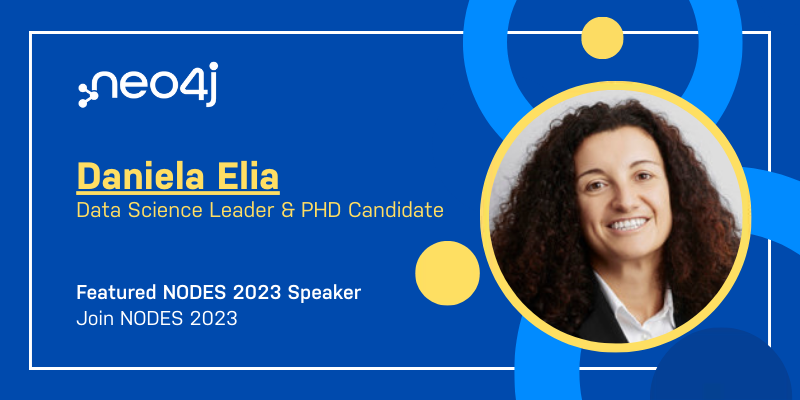
This Week in Neo4j: GraphQL Course, Chatbot, App Development, PHP, Bloom Features, Embeddings, and More
3 min read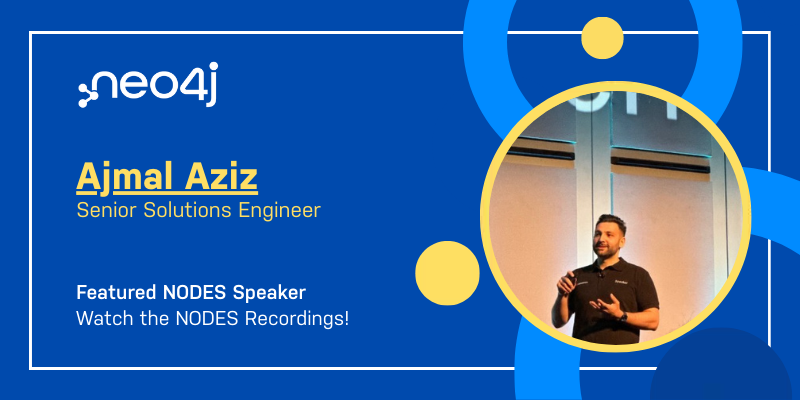
This Week in Neo4j: Cluster Analysis, Entity Resolution, Cloud Integrations, Docker, and More
2 min read
This Week in Neo4j: Algorithms, GraphQL, Knowledge Graph Book, GraphStuff.FM Podcast, and More
2 min read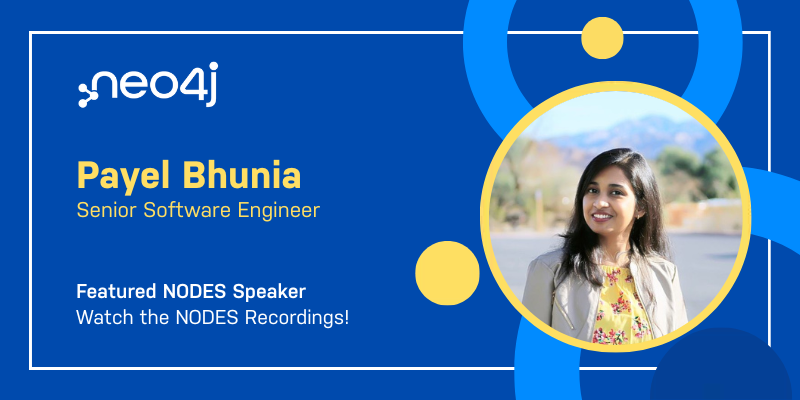

This Week in Neo4j: LangChain, BigQuery, New Course for Beginners, RailsGraph, GDS Community Detection, and More
3 min read